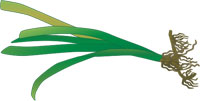
to genera, with some to species (Zostera asiatica and Z. marina)
Seagrass habitats in the region, as elsewhere in the world, have been lost, fragmented and damaged by development and poor catchment management, through practices such as sewage and stormwater discharges, urban runoff, dredging, boating and land reclamation.
Seagrass meadows play a key ecological role in the region’s coastal ecosystems and the loss of seagrass beds is considered to be one of the most serious issues facing the marine environment. Seagrass habitats support high primary productivity and host a wide variety of associated fauna including commercially important fishes.
The extent of seagrass beds is a good indicator of the ecological health of the marine environment...
Read More

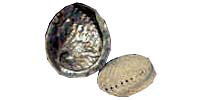
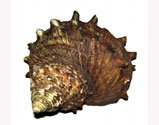
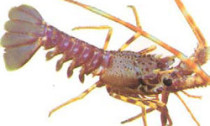
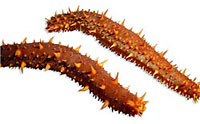




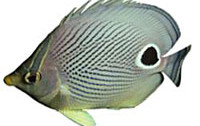
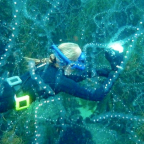

Social Profiles